【 Photomicro Sensor 】| All you need: Operation principles, Features, etc.
Photo micro sensors are the type of sensors use for the detection of various objects. Photo micro sensors are not only use for the detection of the objects, photo micro sensors are use for the speed and direction of rotation or movement for the object detected also. These sensors need to be highly responsive in order to effectively take the measurements or generate outputs. These sensors are highly reliable and highly frequency responsive. There are a number of photo micro sensors use in various fields for various operations. An optical beam is use in these sensors in order to detect the object. The positions of the objects are also measured with the help of an optical beam in these sensors. These sensors are categorized in different types according to their working and configurations. The different configurations of these sensors make these sensors very popular. These sensors are used in various machines, but people are still unfamiliar with these types of sensors. The various applications of photo micro sensor includes copy machines, X-Y plotters, printers, mouse, image scanners, camcorders, DVD players, AC, vacuum cleaner, automatic vending machines, garage doors, cameras, pinball machines and more.
Operating Principles of photo micro Sensors
There are two main operating principles for the operation of photo microsensors as follows.
Properties of Light
This operating principle for the photo microsensors is further divided into various parts such as refraction, rectilinear propagation, and reflection.
- Refraction:
In refraction, the phenomena for a sensor is quite simple in which the angle of the light wave changes as soon as it enters another medium. - Rectilinear Propagation:
The slit present on the outside of the sensor through-beam is used to detect the presence of the object. The slit is produced every time when a light signal travels in water or in the air. This operating principle for photo microsensors is applicable to the detection of small objects. - Reflection:
The light signal reflects when it collides with a surface that has properties to conduct back the signal. The angles at which the light reflects result in different kinds of reflections such as regular reflection, diffuse reflection, and retroreflective.
Light Sources
The light source operating principles are different than the other operating criteria of the sensor which is classified into two sub-categories which are: modulated light and non-modulated light.
- Modulated Light:
These kinds of lights are not disturbed by different lights like lamp lights and sunlight. The LED is a pulse lighted component and it is used in different sensors for this mechanism. - Non-modulated Light:
In this operating principle, there is a very high-speed response of the sensor. A constant amount of light is used continuously to radiate the sensor. The only issue with these sensors is the external interference of the light present.
Features of Photo micro Sensors
Photo micro sensors have a number of features that are utilize in different circuits. The features of the photo micro sensors are as follow:
- The photo micro sensors are operational in different circuits.
- These sensors come in with a number of shapes and specifications.
- The downsizing of these sensors is easily adjustable.
- The photo micro sensor comes in with different shapes and sizes to be configure in different desire sections.
- The rates of the photo micro sensors are low.
- An indicator is use in the photo micro sensor for the indication purposes.
- The photo micro sensors come in with different specifications and the degree.
- Different IC photo output types.
- Suitable termination styles.
- Photo IC outputs.
- These sensors are available in different ratings and specifications.
Classification of Sensing Method
1) Slot Sensors
Slot Sensors are suitable for applications using a thin sensing object that require a highly precise sensing position. Setup is easy because there is no need for optical axis adjustment. There are many product variations. The necessary configuration, connection method, and other items can be selected from a wide array of models.
2) Through-beam Sensors
Through-beam Sensors are suitable for applications that require relatively long sensing distances.
3) Retroreflective Sensors
Retroreflective Sensors are suitable for applications that require relatively long sensing distances. They have the advantage of requiring less work for wiring and optical axis adjustment when compared to Through-beam Sensors.
4) Diffuse-reflective Sensors
Diffuse-reflective Sensors are suitable for applications where the sensing object is thick and won’t fit into the slot of a Slot Sensor.
5) Limited-reflective Sensors
Limited-reflective Sensors are basically the same as Diffuse-reflective Sensors, but they are suitable when background objects are present. (With Diffuse-reflective Sensors, the presence of a background object with higher reflectivity than the sensing object (e.g., metals with mirror finishing) may cause sensing instability.)
Considerations when Choosing a Sensing Method
1) Slot Sensors
- Shape, slot width, connection (pre-wired/connector)
- Presence or absence of external light interference (non-modulated light/modulated light)
- Output configuration (Light-ON/Dark-ON, NPN/PNP)
- Indicator (Light-ON/Dark-ON)
2) Through-beam Sensors
- Shape (built-in Amplifier, optical fiber), sensing distance
- Output configuration (Light-ON/Dark-ON)
3) Retroreflective Sensors
- Sensing distance
- Output configuration (Light-ON/Dark-ON)
4) Diffusive/Limited-reflective Sensors
- Shape (built-in Amplifier, optical fiber), sensing distance
- Presence or absence of background objects (Diffuse-reflective/Limited-reflective Sensors)
- External light interference (non-modulated light/modulated light)
- Output configuration (Light-ON/Dark-ON)


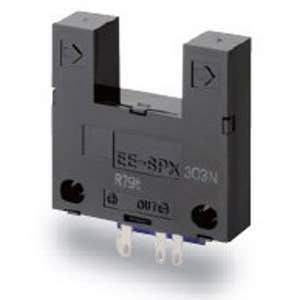



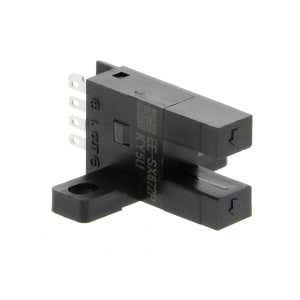
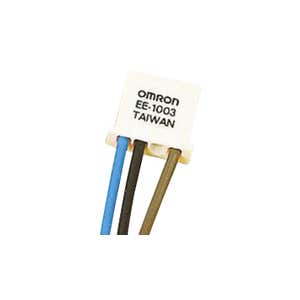

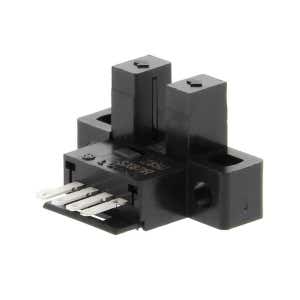
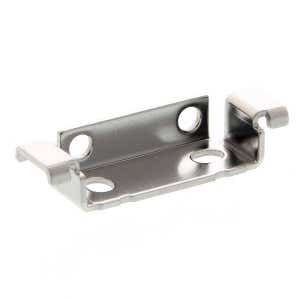
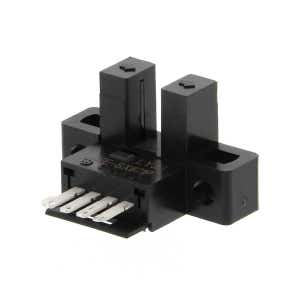


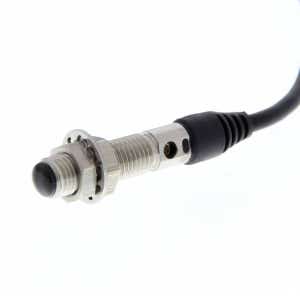

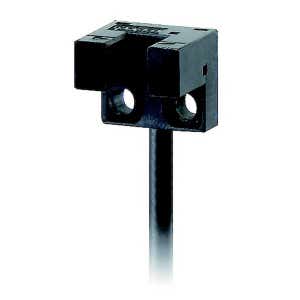
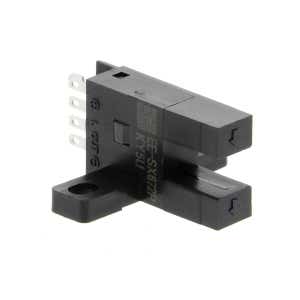
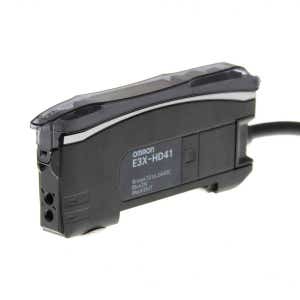
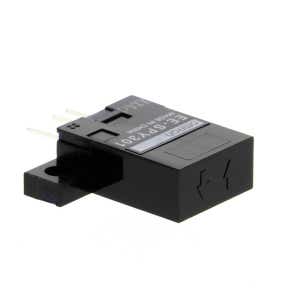
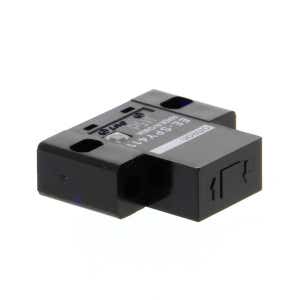
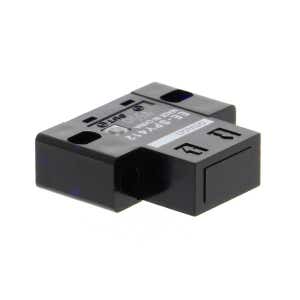
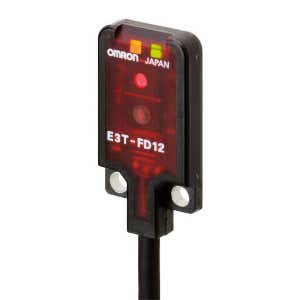




Share this article on social media